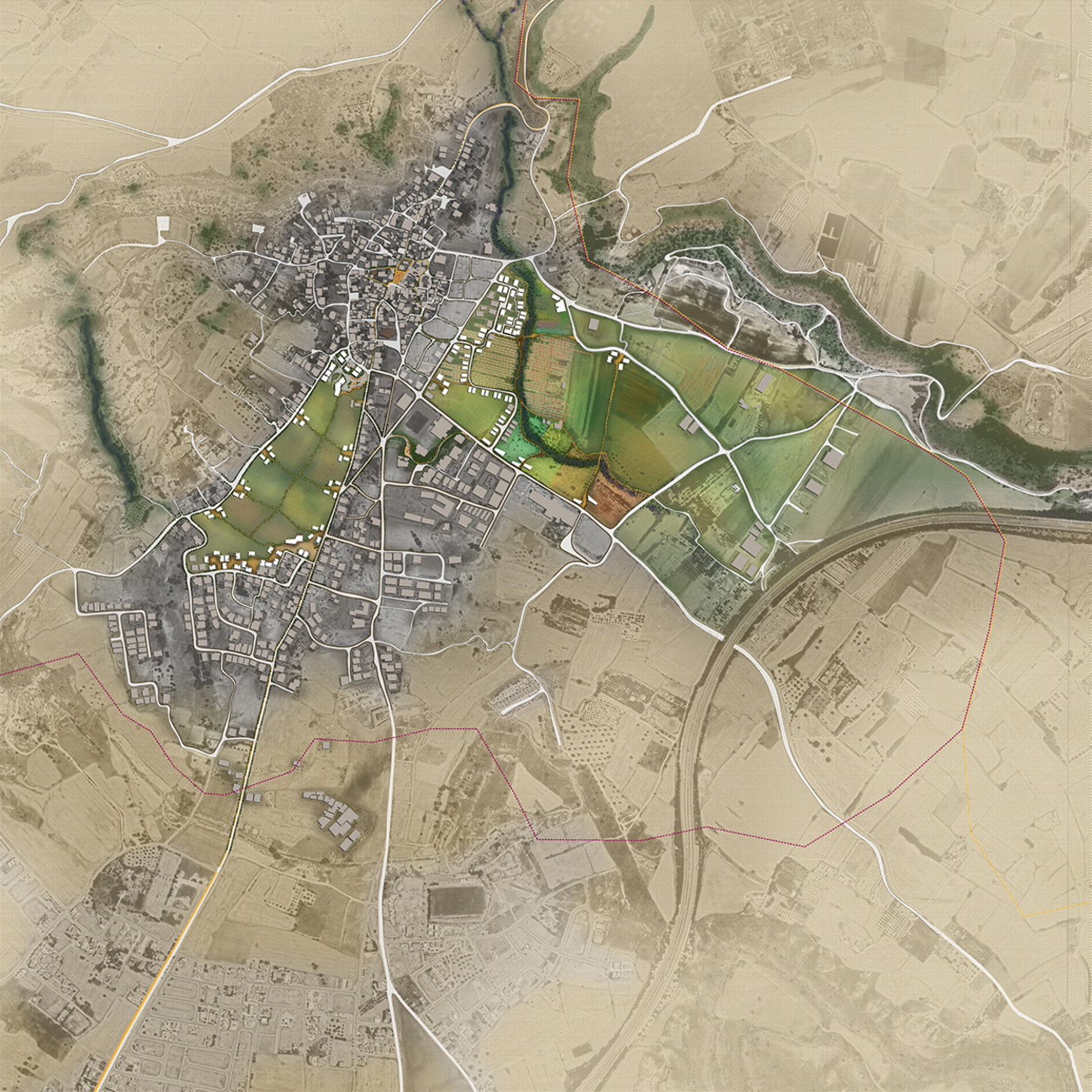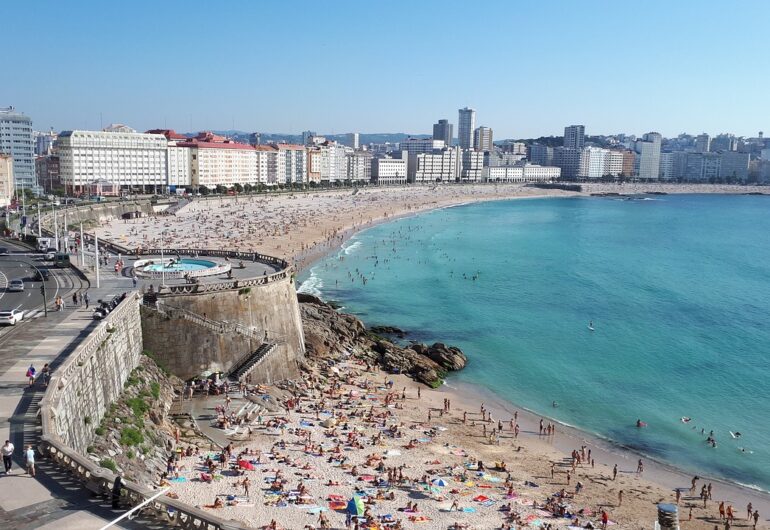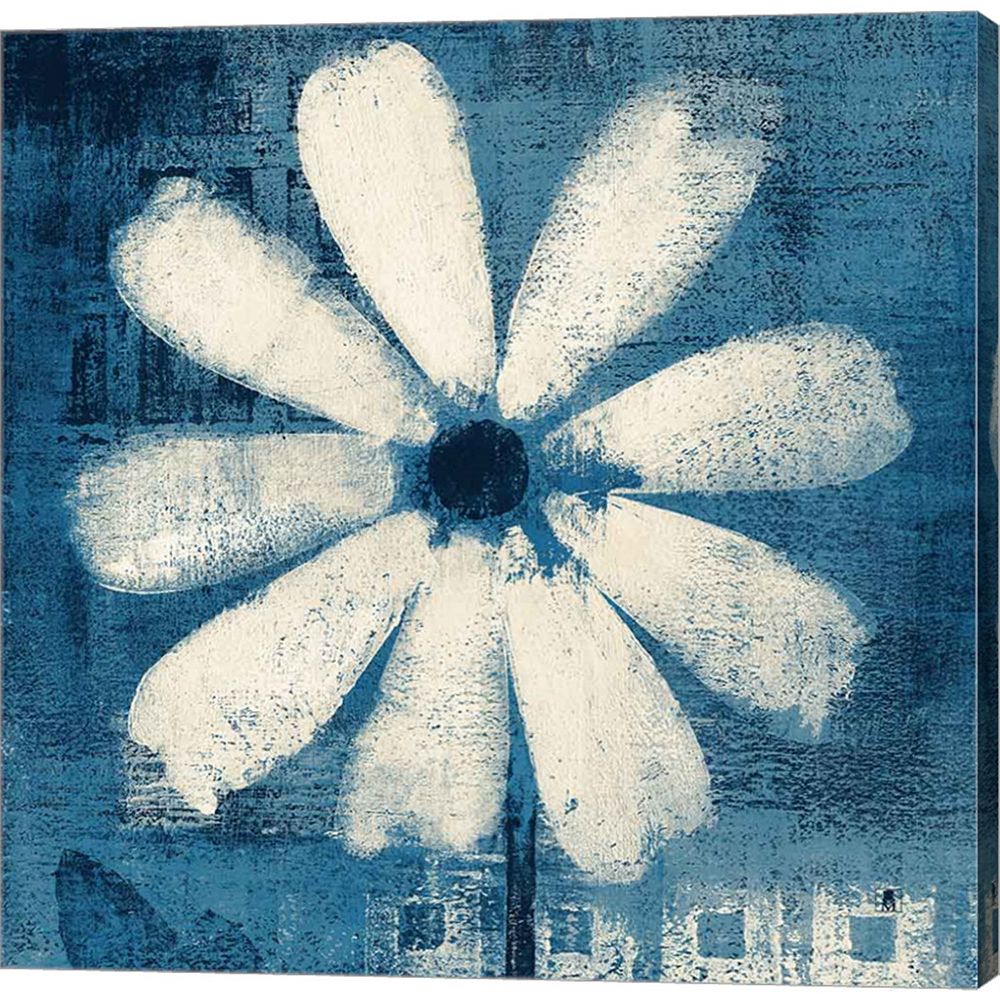

Now we simply save the combine file in GeoJSON format: Now we do the same to add the Counties GeoJSON file to the States file we just imported:īy reviewing the Table tab we can see that the counties (with GEO_ID’s of prefix 050) have been added after the states (with GEO_ID’s of prefix 040): Clicking the Table tab gives us a columnar view of the properties, making it easier to validate what we’ve imported. Each feature includes the properties GEO_ID, SATE, NAME, LSAD and CENSUS AREA. We see a confirmation of the imported features corresponding to the states.

The first task is to simply open or drag and drop the States GeoJSON file onto the map as shown below: Initially you’ll see the following home page: However, after reviewing the mapping properties I noticed that conveniently, both files shared a common GeoID property (more on this later) as a key for uniquely mapping to each polygon representing the states and counties, so I thought what if we merged the files in order to use just one map layer? I chose to combine the two files using the geojson.io tool because my requirement was simple and the tool allowed this to be done without any installation/setup. Initially I thought I would need to create a separate map layer for state and county.

To keep the file size to a minimum I downloaded the lowest resolution versions (20m) as highlighted above, named as follows: I found suitable ones at the GEOJSON AND KML DATA FOR THE UNITED STATES website: To start with we need GeoJSON files representing US states and counties.

(c) Toggling the visibility of map layers. (b) Applying filters to the assigned data source (a) Applying the centerMap() method of the GeoMap component In a nutshell, the approach used here relies on a combination of: The end result can be viewed in the following video: The table can also be used as an alternative method of drilling down through the map. To demonstrate the presentation of supporting information, there is also a chart with population estimates as well as a table listing the data. The example involves the display of US Census population data loaded into BW, on a map with drill-down from State to County to Place (City or Town). In this blog I’ll cover an approach for zooming and drilling down through multiple regions down to a street-level location and back. In that blog I covered the main features of the new Geo Map component introduced in Design Studio 1.5.
MAP DESIGNER STUDIO SERIES
MAP DESIGNER STUDIO CODE
Don’t forget to color code – this is one of the best features in the map generator.Be sure to create a title for each column so that your map is properly labeled when you share it online.You can skip this step if you’re simply adding a map or region to a design.
MAP DESIGNER STUDIO GENERATOR


 0 kommentar(er)
0 kommentar(er)
